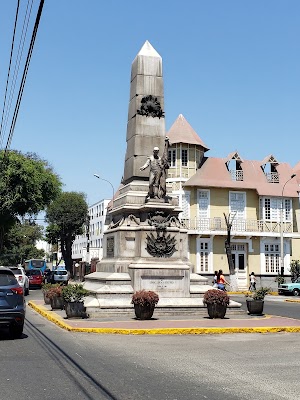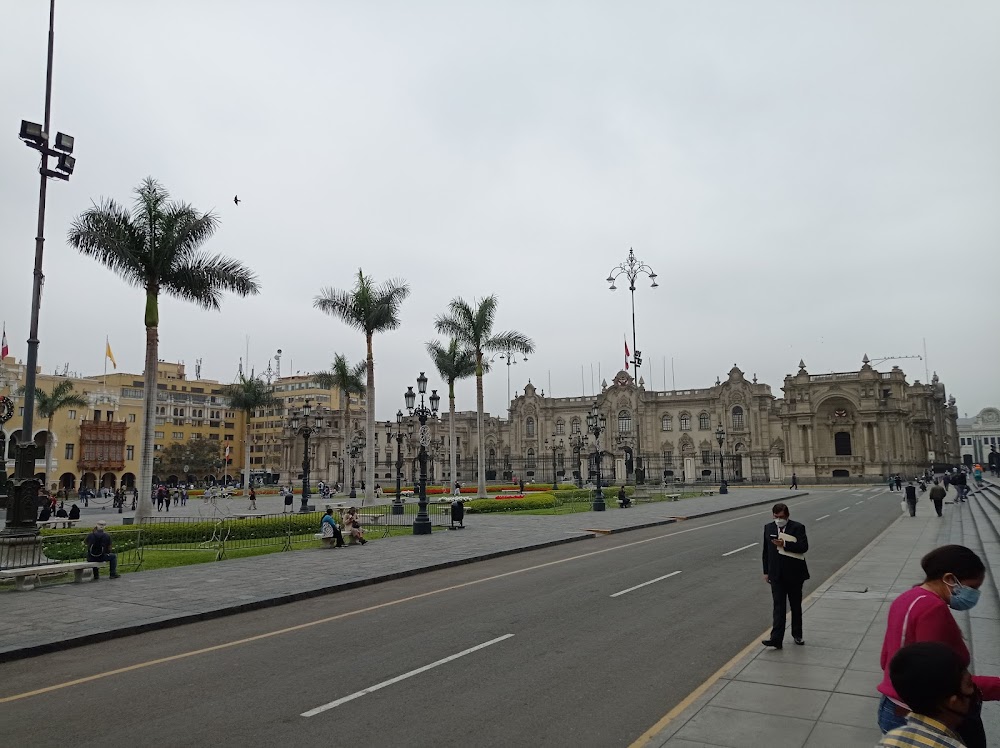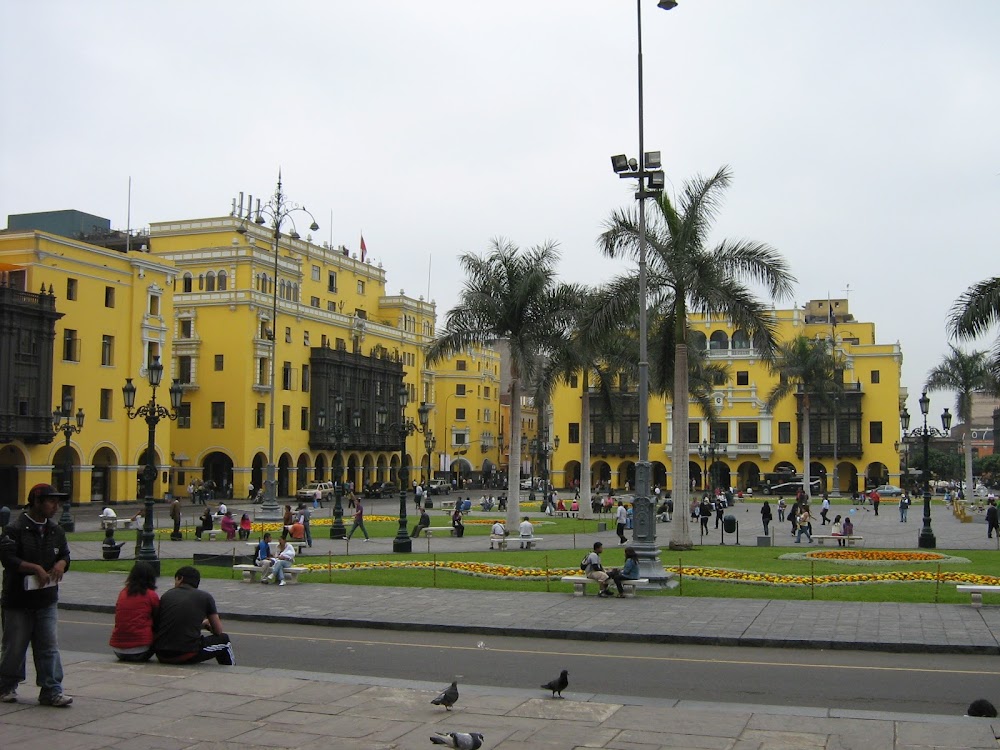Cathedral of Lima (Catedral de Lima)
Overview
The Lima Cathedral, situated in the vibrant heart of Lima, Peru, is an architectural masterpiece that beautifully encapsulates the city’s rich history and cultural heritage. This majestic structure, which has evolved over centuries, stands as a powerful testament to Lima's colonial past and its deep religious roots.
Construction of the Lima Cathedral began shortly after the Spanish conquistadors, led by Francisco Pizarro, founded the city on January 18, 1535. Pizarro himself laid the first stone of the original, modest building, which bore little resemblance to the grand edifice that graces the city today. This initial structure marked the beginning of a significant religious site for the early Spanish settlers.
In 1541, following Pizarro's assassination, he was interred within the cathedral, highlighting its importance to the city's early inhabitants. However, the original building faced numerous challenges, including devastating earthquakes, necessitating continuous reconstruction and enhancements over the years.
The most significant phase of construction commenced in the early 17th century, triggered by a destructive earthquake in 1609. Under the leadership of Archbishop Toribio Alfonso de Mogrovejo, efforts were made to create a more resilient and impressive structure. Collaborations between European architects and local artisans resulted in a blend of architectural styles, predominantly Renaissance and Baroque. The cathedral was officially consecrated in 1622, marking a new chapter in its storied timeline.
The new construction featured breathtaking facades, soaring towers, and elaborate altars. Inside, the cathedral dazzles with numerous chapels dedicated to various saints, showcasing intricate woodwork, stunning gold leaf decorations, and magnificent paintings. A highlight of the interior is the main altar, adorned with silver and featuring an image of Señor de los Milagros, the patron saint of Lima.
Over the centuries, the Lima Cathedral has faced the challenges of nature, particularly from earthquakes. Major restorations in the late 18th and 20th centuries were undertaken to preserve and fortify the building, ensuring it remains a prominent landmark and center of religious activity in the city.
The cathedral's facade is characterized by three grand doors, with the central entrance known as the "Door of Forgiveness." Above these doors, niches house statues of apostles and saints, while two impressive bell towers, each crowned with elegant domes, enhance the cathedral's grandeur.
Inside, visitors can explore the Archbishop’s Palace, which features a beautifully carved wooden balcony overlooking the Plaza Mayor, Lima’s main square. The cathedral’s museum showcases a collection of religious artifacts, colonial-era paintings, and a stunning 17th-century choir crafted from intricately carved cedar wood.
One poignant highlight for visitors and locals alike is the tomb of Francisco Pizarro, located just to the right of the main entrance. Rediscovered during excavations in 1977, Pizarro’s remains are now displayed in a glass coffin, symbolizing his enduring connection to the foundation of the city.
Today, the Lima Cathedral serves not only as a place of worship but also as a significant tourist attraction, drawing visitors from around the globe eager to explore its historical and architectural marvels. It stands resilient as a symbol of Peru's colonial history and cultural legacy, bearing witness to the passage of time and the ongoing evolution of the city surrounding it.







